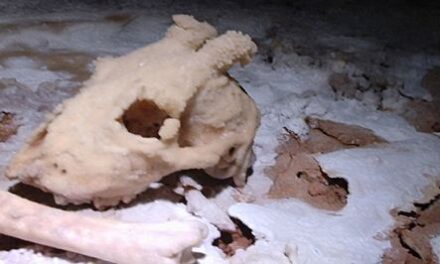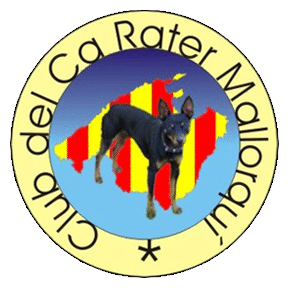
Only metres after taking this road, you will see a sign next to the Torrent de Sa Coma gorge on the right that will indicate the direction to take to continue the route.
Excursions: Encounter with nature. Walking routes.
After crossing the gorge, continue along the path on the left that parallels the Torrent. In a few short minutes, and after crossing a barrier, continue to the next crossroad, where the path will change into a wide road, along which you should continue to the left. Along this section of the route, you will have the chance to glimpse Sa Penya Foradada on the right and Puig Mitjà (386 metres) on the left.
Along this road, you will also run across several coal bunkers and ovens that were used to make lime, examples of the representative constructions related to ancient trades, which were characteristic of Caimari Mountain for many centuries. You can also see replicas of both buildings at the Caimari Ethnological Park.
After arriving at the second fork, take the path that descends slightly to the left, paralleling the gorge. Follow it until you reach a small clearing with a holm oak in the centre, continuing along the road that climbs to the right.
Only minutes later (pay close attention to the signs), you will leave this wide road to take a narrow zigzagging path to the left, steep and rocky, popularly known as Sa Costa d’en Barral, and characterised by dense vegetation.
Before reaching the highest altitude of this section, known as Es Cocó des Ases, take a moment to enjoy the magnificent view over the small village of Binibona, Puig Mitjà and Puig Caragoler, among others. This is where the descent starts to the Ses Figueroles farmhouse through the ancient cultivated lands surrounding the possession.























